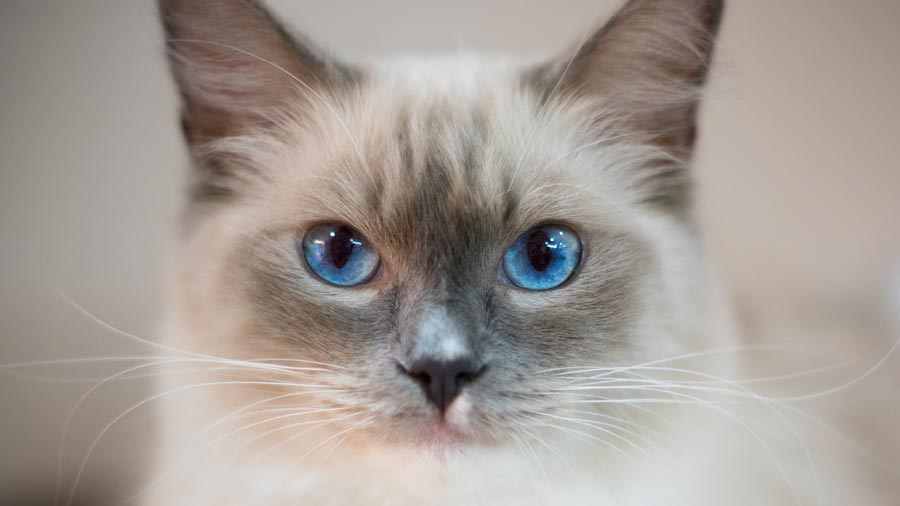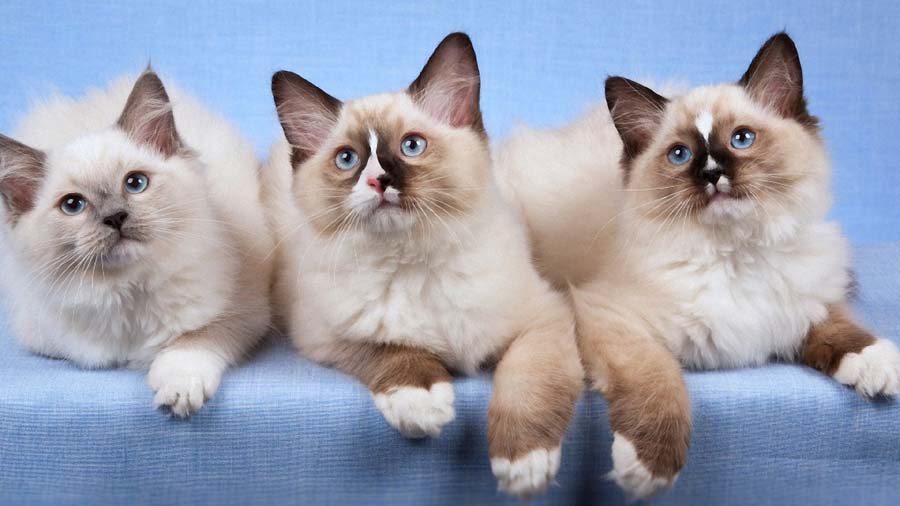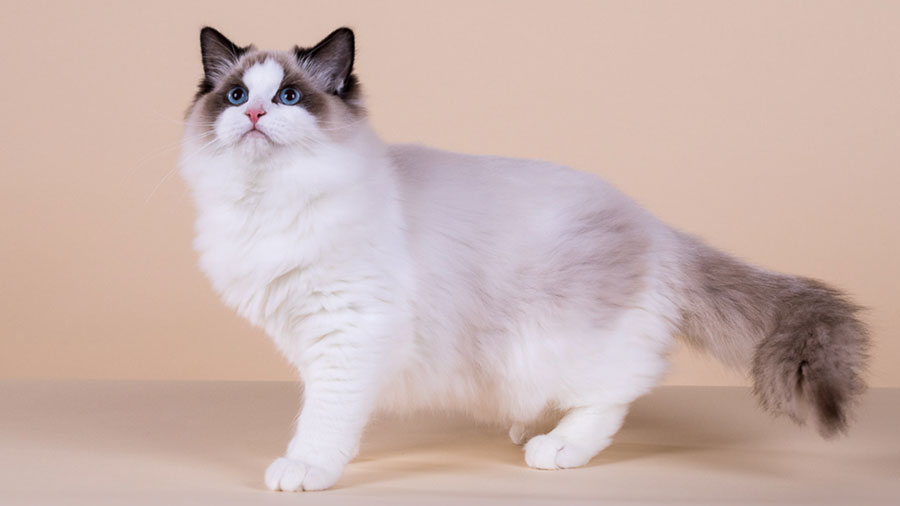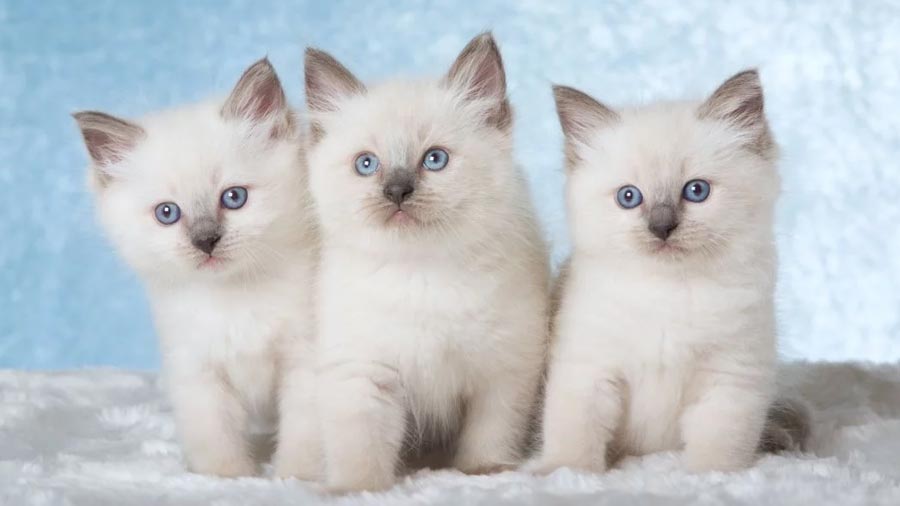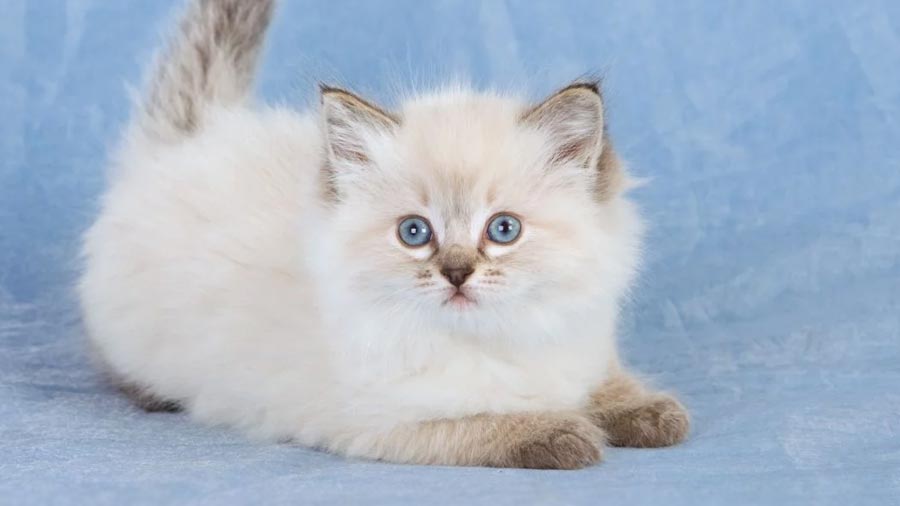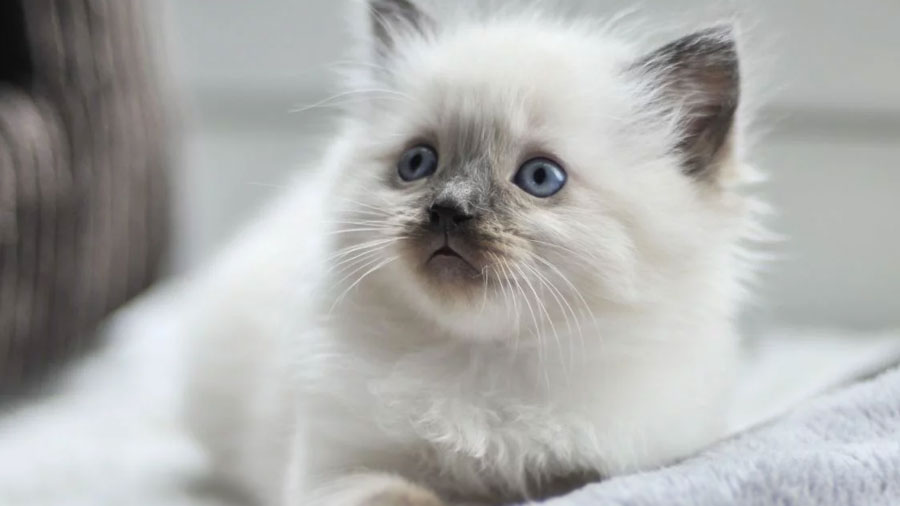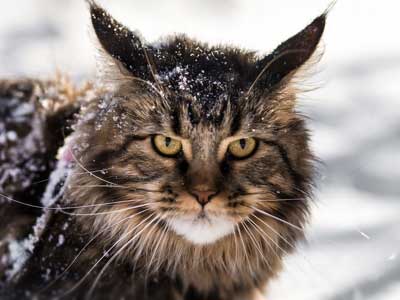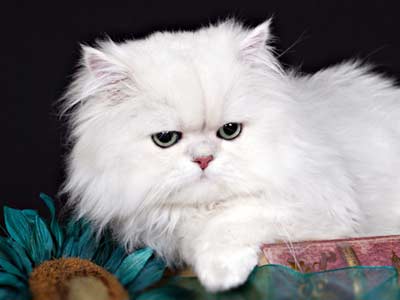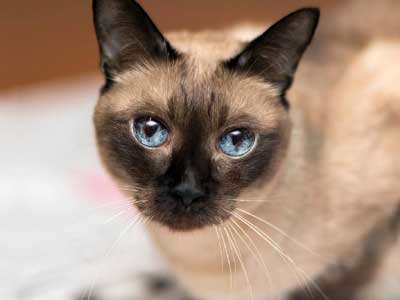Ragdoll
Breed Information |
|
|---|---|
| Popularity |
2018: #1 2017: #2 |
| Name | Ragdoll |
| Other names | Rag doll |
| Origin |  United States United States |
| Size | Large to Largest |
| Coat |
Semi-long Silky Plush |
| Lap Cat | Yes |
| Life span | 12-17 years |
| Temperament |
Affectionate Friendly Gentle Quiet Easygoing |
| Weight | 10-20 pounds |
| Colors |
Blue Chocolate Cream Lilac Red |
| Kitten Prices |
Average $1200 - $2500 USD Ragdolls kittens certainly aren't the cheapest breed of cat to buy. Kittens that come from high-titled breeding lines can costs anywhere from $1,500 to $3,000 or more. Prices will vary according to the breeder and the quality, age, and show record, if any, of the cat that you're considering. |
Breed Characteristics |
|
|---|---|
| Adaptability |
5 stars |
| Affection Level |
5 stars |
| Child Friendly |
4 stars Good With Others: It is usually good with everyone and can be affectionate towards them. |
| Dog Friendly |
5 stars |
| Energy Level |
3 stars |
| Grooming |
1 stars Low Maintenance: Occasional grooming is advised to keep its coat in good shape. Though we see cats regularly lick their coats to clean themselves, some regular grooming can be good; it removes hair, prevents matting, and stimulates circulation. Frequency should be once a week. |
| Health Issues |
2 stars Hypoallergenic: NoGenerally Healthy: It doesn't have as many known illnesses and conditions as other cats. Best for owners who do not want to worry about long-term medical costs. |
| Intelligence |
3 stars |
| Shedding |
4 stars Constant Shedding: Shedding will occur often for this cat breed. It is suggested to brush and comb its coat regularly to reduce the risk of it developing hairballs. Be prepared also to vacuum often. |
| Social Needs |
5 stars |
| Stranger Friendly |
3 stars |
| Vocalization |
1 stars Low Vocalization: It is known to be quiet. Therefore, owners shouldn't be concerned of excessive and undesirable crying or meowing, especially at night. |
Kitten Names |
||
|---|---|---|
| Rank | Male | Female |
| 01 | Oliver | Ella |
| 02 | Tigger | Angel |
| 03 | Duncan | Sienna |
| 04 | Coco | Pepsi |
| 05 | Aaron | Kitty |
| 06 | Tommy | Leah |
| 07 | Felix | Molly |
| 08 | Aaron | Boo |
| 09 | Smudge | Sushi |
| 10 | Gavin | Alice |
| 100 Cute Kitten Names › | ||
Overview |
|---|
|
The large, affectionate Ragdoll goes limp with pleasure when you cuddle him in your arms, the trait that led to his name. He’s a big kitty, with males ranging up to 20 pounds, females slightly smaller, starting at 12 pounds and going up to 15 pounds. The Ragdoll is a docile, gentle, unusually relaxed animal with a decidedly even disposition. When socialized correctly from birth, they will be friendly and endearing members of the family. Ragdolls can be welcoming to strangers and love being held and snuggled by people of all ages. This breed tends to prefer the company of people more so than that of other pets. They normally are a good pet for young children, as they tolerate and appreciate affection and attention and typically can withstand a child's exploration and potentially unexpected behaviors. Nonetheless, Ragdolls generally prefer calm, rather than rowdy, living environments and are happiest housed entirely indoors. They are great companions for a modern, busy household. |
Children & Other Pets |
|
The laidback Ragdoll is perfectly suited to family life. He rarely extends his claws when playing, and he usually doesn’t mind playing dress-up, riding in a baby buggy or being a guest at a tea party. Because of their large size, males are an especially good choice for families with children. Of course, you should always supervise young children to make sure they don’t torment the cat. And with a cat this size, it’s essential to teach children how to support the cat, with one arm beneath the front legs and one beneath the hind legs. Never hold a Ragdoll with the hind end hanging down. He is happy to live with other cats and cat-friendly dogs, too, thanks to his amiable disposition. Introduce pets slowly and in controlled circumstances to ensure that they learn to get along together. |
References
- [1] ^ YouTube: Owning a Ragdoll Cat || What to know
- [2] ^ YouTube: How to Care For Your Ragdoll Cat's Coat
